Akoya Pearl Necklace Buying 101

Admired for centuries by people worldwide as a sign of wealth and beauty, pearl necklaces are the ultimate timeless fashion statement.
But if you really want to look classy and timeless, then as a jewelry expert, I can assure you that nothing beats a classic Akoya pearl necklace.
Buying an Akoya pearl necklace, however – especially your first – can be daunting. There’s so much variety in styles and quality factors to consider, not to mention shopping considerations.
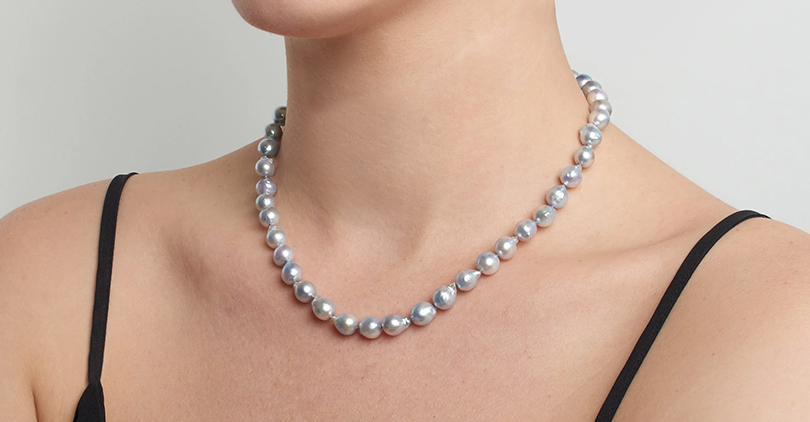
This guide will take you through everything you need to know about buying a beautiful pearl necklace with confidence.
First up: what types of pearls are used in Akoya necklaces? Second up: typical market prices (and the factors that influence them). Third but absolutely not least, crucial shopping tips that will help make sure your decision is an informed one.
Read on as we immerse ourselves in all the basics you need to know if it’s the enduring appeal we’re aiming for here!
What Are Akoya pearls?
A type of saltwater pearl that hails almost exclusively from the oceans of Japan, Akoya pearls are considered beautiful and prestigious. They have a highly reflective luster as well as roundness that sets them apart from other types of pearls.
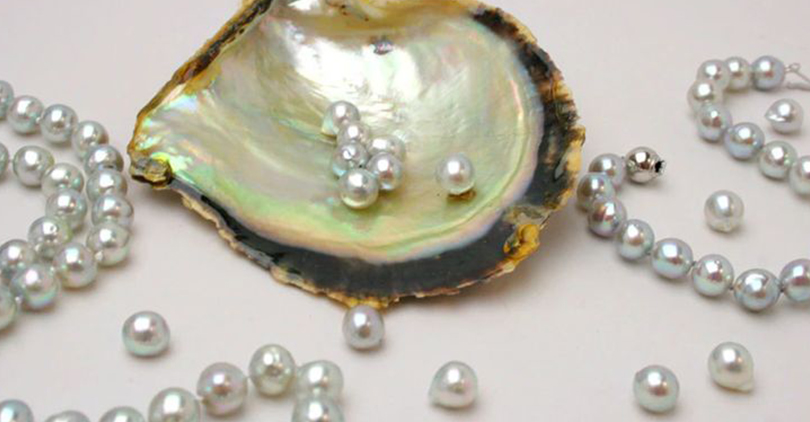
Quality Akoya pearls are also more likely to be used in high-end jewelry than any other kind, so they’re sought after by most serious pearl lovers. Their size range and relatively affordable price point make them accessible to people just beginning to learn about pearls.
The story of Akoya pearls is nearly inseparable from Kokichi Mikimoto, son of a noodle shop owner who, working with colleagues around the late 19th century, developed a way for people to cultivate cultured pearls that changed the industry.
This, in turn, reintroduced what had been an endangered species in fashion terms but also allowed prices to fall enough so they were no longer only purchased by royalty.
Shapes of Akoya Pearls
There are four main shapes in which Akoya pearls can be found – from round to baroque. Let’s look at them closely:
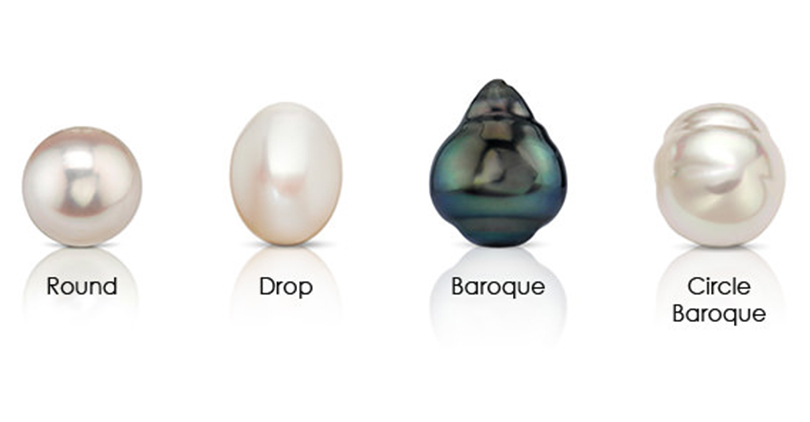
- Round: Akoya pearls that are round are thought to be the most classic ones. They are perfectly spherical and are considered to be very beautiful. If you are thinking of a piece of timeless jewelry that can be worn on any occasion and with any outfit, then round-shaped Akoya pearls are the best choice.
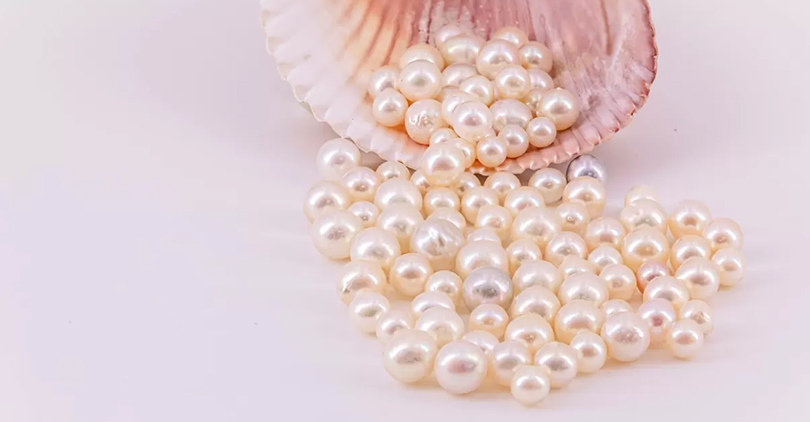
- Semi-round: Semi-round Akoya pearls aren’t exactly round. However, they look like they are unless someone takes a very close look or compares them side by side with something that is definitely round.
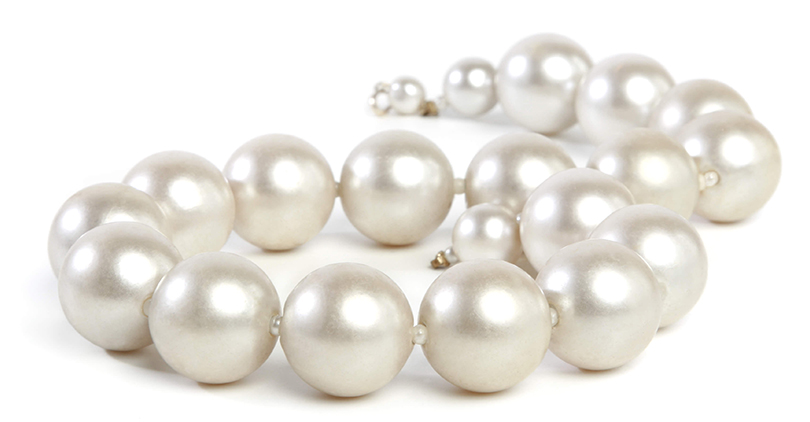
- Drop: This shape is slightly longer than your regular pearl and can be described as a tapered raindrop or a pear. They are mainly used in earrings and pendants.
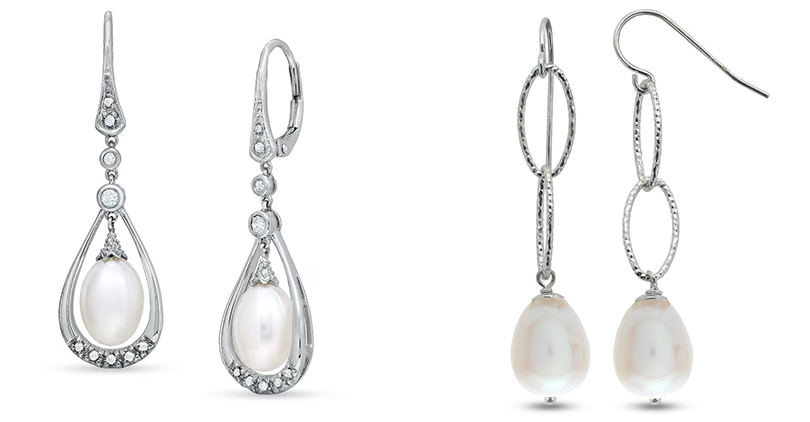
- Baroque: When we say baroque pearls, we mean that they have irregular, non-symmetrical shapes. Some people think that no two baroque pearls ever look the same or that each one has several shapes or looks like something.
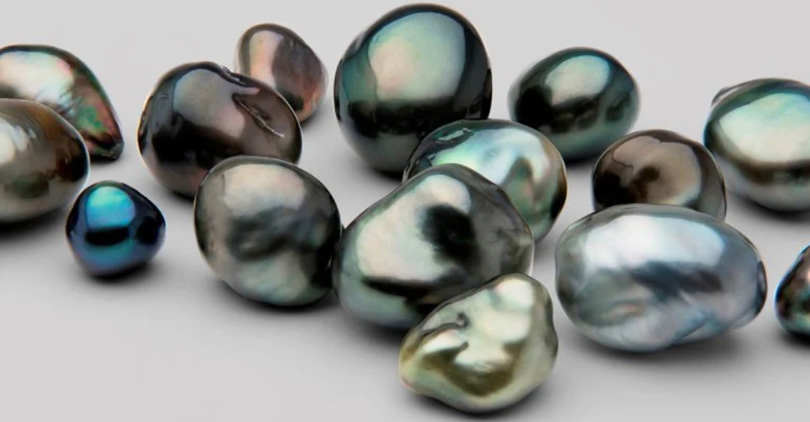
Colors of Akoya Pearls
In their natural state, Akoya pearls offer a stunning palette of neutral colors, each elegantly accented with subtle overtones.
These pearls range from pristine white to sophisticated shades of grey. It’s a predominantly monochromatic color scheme that evokes purity and timelessness.
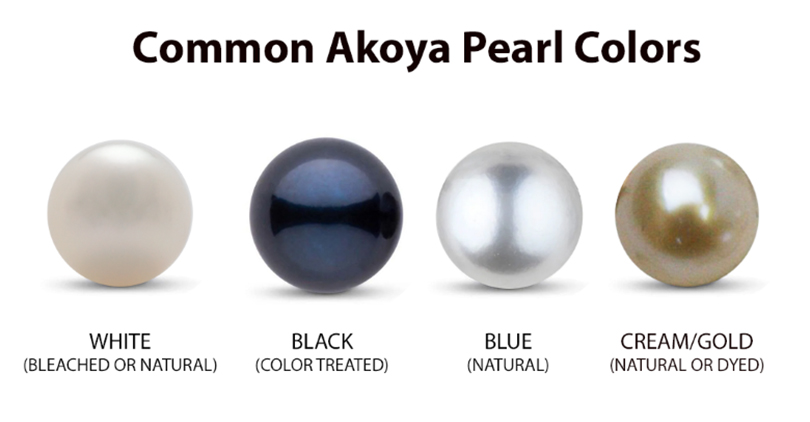
But there’s more to these gems. It’s the delicate overtones – soft pinks, gentle greens, and shimmering silvers – that dance across their surfaces and add even further allure.
Occasionally, but rarely in nature, blue Akoya pearls can be found. These are true marvels: silver with hints of pink, they’re rare beauties harvested from the ocean and much sought-after by collectors.
How Much Do Akoya Pearls Cost?
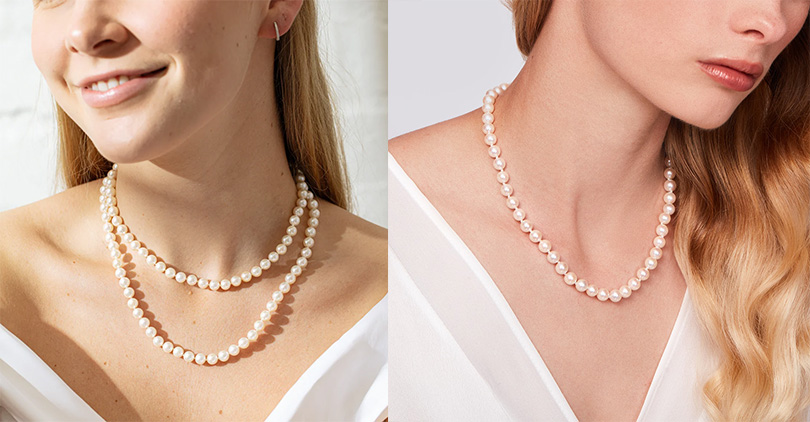
In order to understand the cost implications of Akoya pearls, it is important to consider some factors that contribute to their value. Akoya pearls have various aspects affecting their price. Dome are listed below:
- Lustre: This refers to how shiny a pearl is. It is the most important factor determining the value of an Akoya pearl. The ones that are highly lustrous will have bright and sharp reflections.
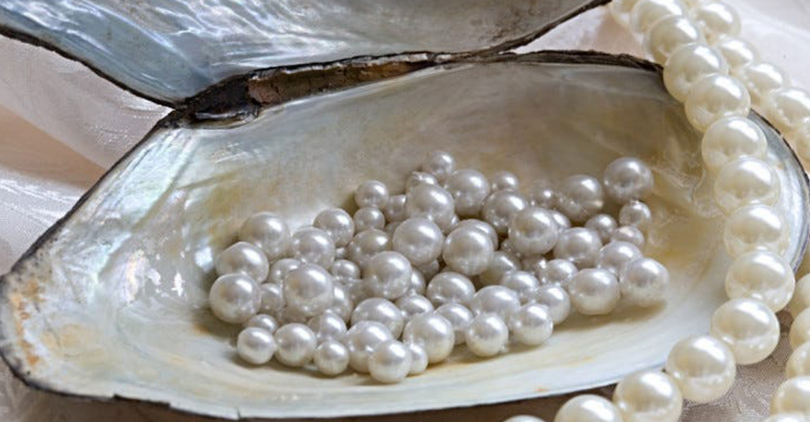
- Surface: Higher quality pearls are free from marks, spots, or bumps – all of which reduce their value.
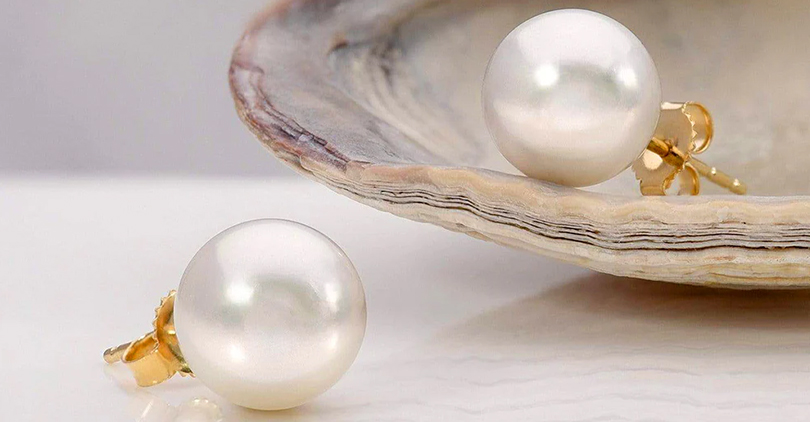
- Shape: Akoya pearls that are perfectly round cost more and are what most people ideally want. However, if they’re slightly off-round (semi-round) or irregular (baroque), then they might be priced lower than the round ones.
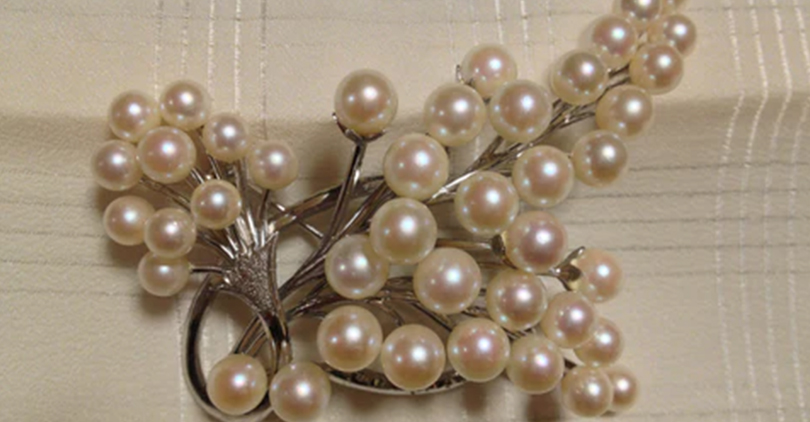
- Size: Akoya Pearls that are larger in size are more rare than the smaller ones. This means that their price will be higher than for similar quality smaller pearls.
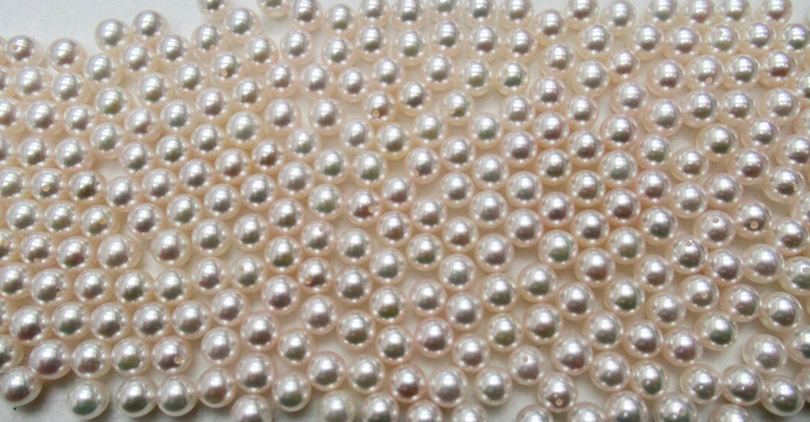
- Color: Though white is often thought of as traditional for pearls, those that are slightly different but still within the range of white (for example, white with pinkish undertones) will be more expensive. There are also times when colors other than white occur naturally – these have high prices, too.
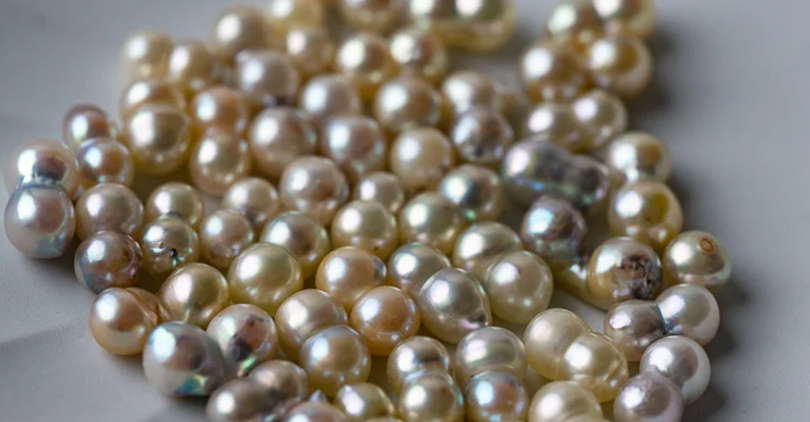
- Nacre quality: Nacre thickness impacts durability as well as luster- better quality pearls have thicker nacre layers and, hence, cost more.
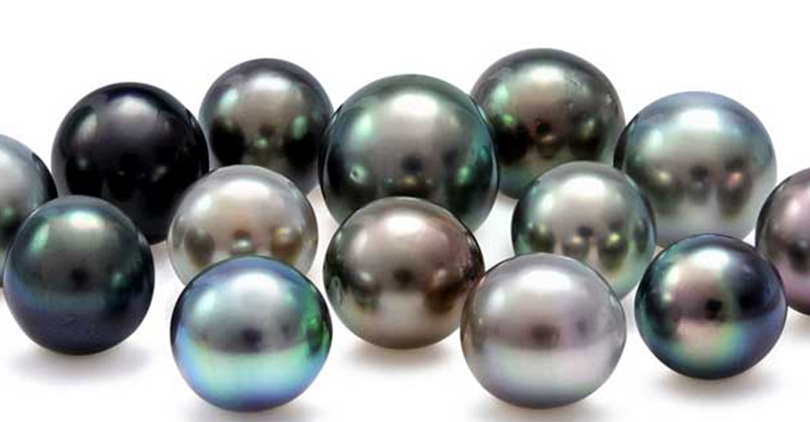
- Location: Akoya Pearls cultivation in Japan is carried out under strict regulations, meaning that you can expect consistently high quality. This is reflected in their price structure
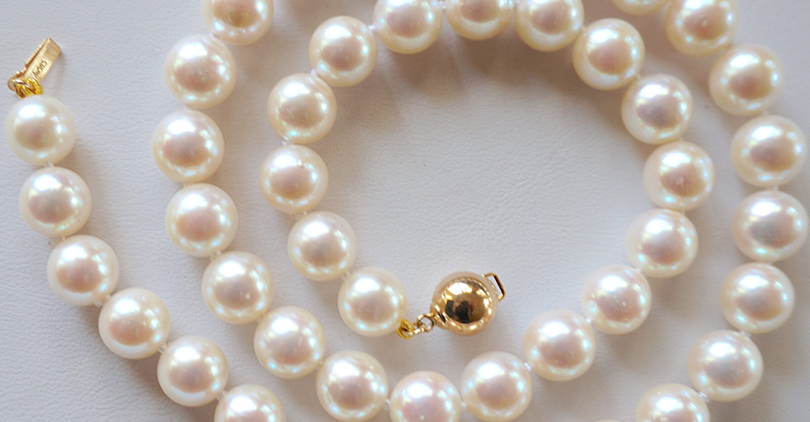
Typical Market Prices of Akoya Pearls
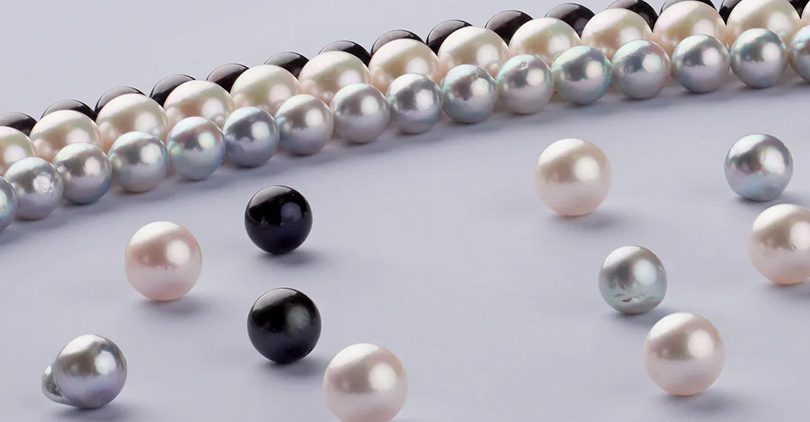
The factors already mentioned above affect the worth of Akoya pearls in the market. However, there is no fixed price for them. Below is an idea of how much they usually cost:
Small to Medium Size (4-7 mm)
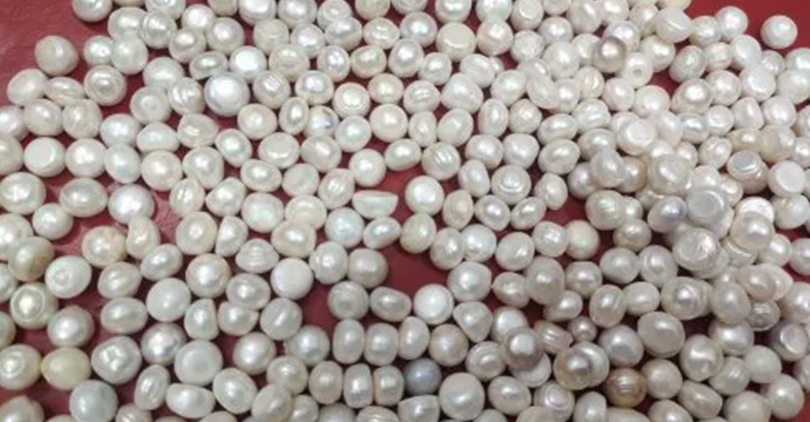
You can get Akoya pearls in this size range by spending about $300 or up to $2,000 for a whole necklace.
But if it’s just a pendant or a pair of earrings, they will be cheaper. For instance, this White Victoria 4.5-5.0mm White Akoya Pearl Necklace is worth $821.
Medium to Large Size (7-8 mm)
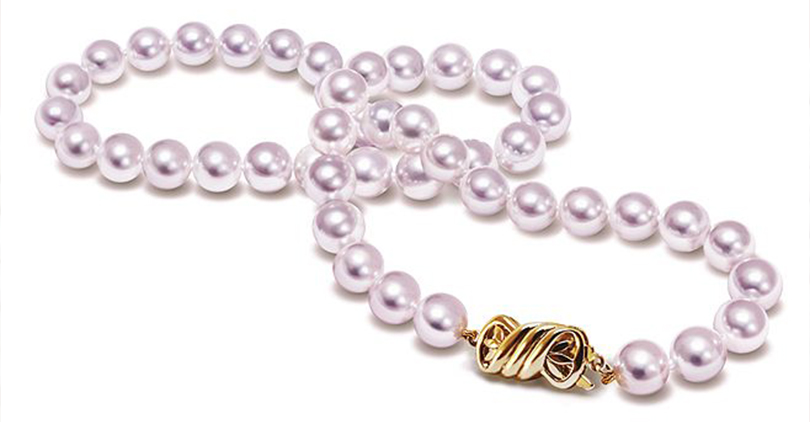
These pearls are quite popular because they are not too big and not too small. To buy a good quality necklace, you should be prepared to pay between $1,000 and $5,000.
Large Size (8-9 mm and above)
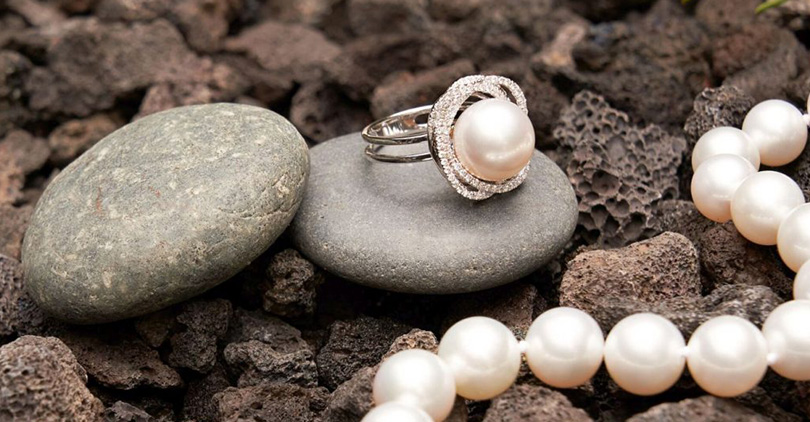
Most people find pearls in this range to be ideal regarding both look and value. If they also happen to be round with close to no imperfections, their prices can be even higher.
Expect to pay about $2,500 to more than $10,000 for such necklaces. So, for this White Victoria 7.0-7.5mm Akoya Pearl Necklace, you’ll have to pay $3399.
Exceptional Quality Pearls
Sometimes, there are Akoya pearls that stand out because of how good they look – they have great shine, are almost perfect in shape, etc.
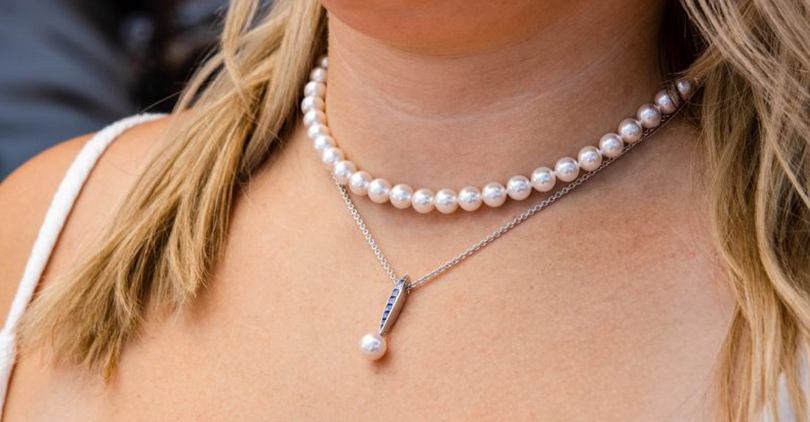
An example would be this White Victoria 8.0-9.0mm Blue-grey Baroque Akoya Pearl Necklace, which, even though not round-shaped or smoothest surface, has amazing shine – is priced at $714.
Colored and Rare Akoya Pearls
If a pearl comes in a color that’s not commonly seen or it has something extra like a tint/shade that’s not usual, then know prices for these will not be the same as those of white ones.
Is It Worth Buying Akoya Pearls?
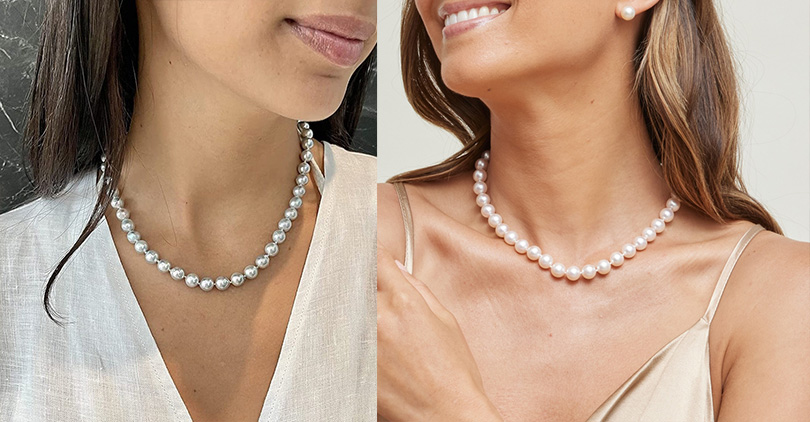
Here are some convincing reasons why purchasing Akoya pearls is a good investment:
- Ageless Beauty: Akoya pearls have a beauty that is always fashionable. They make any clothing look posh and stylish. This means that people can wear them for special events or every day!
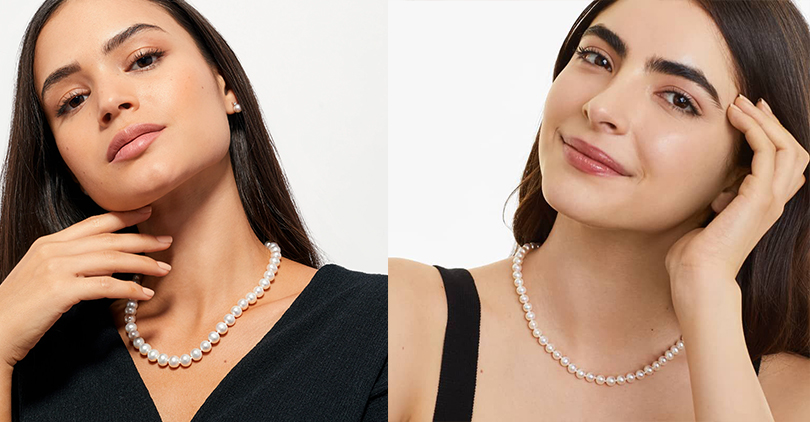
- Versatility: Akoya pearls come as necklaces or earrings—you name it. No matter which one someone chooses, these gems will add something special to the outfit! Because their colors are neutral (they don’t lean toward any one shade), they go with almost anything.
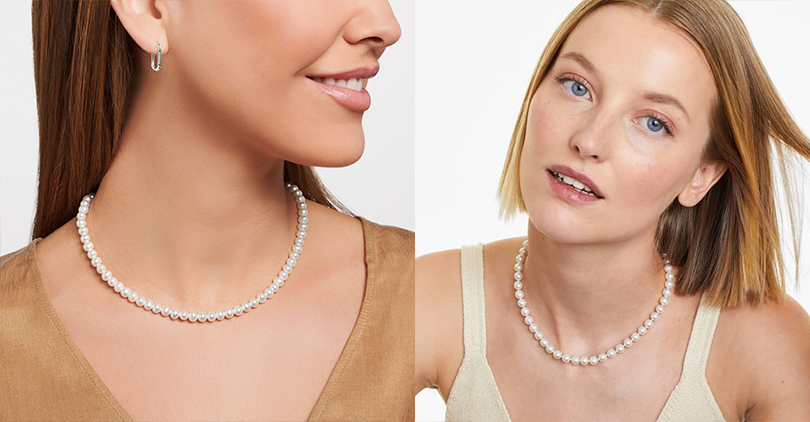
- Last a Long Time: Akoya pearls are strong—they don’t get damaged easily. Lots of times, people pass these kinds of pearls down through their family because they stay in good condition for so long. It’s like they become part of a family’s history!
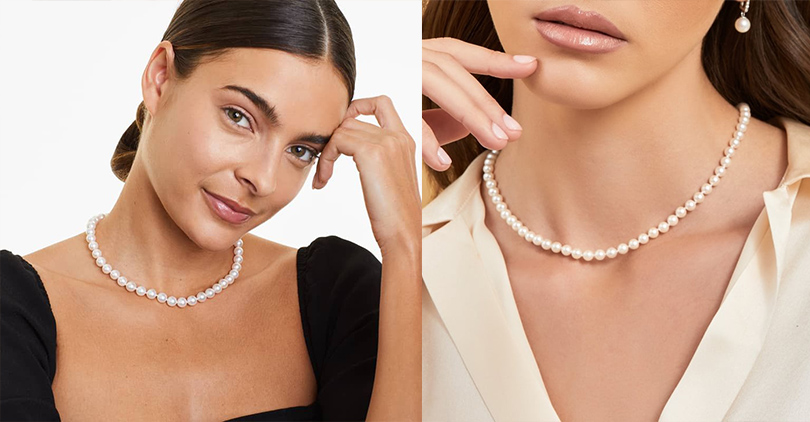
- Fancy But Not Too Expensive: Some jewelry costs so much money that only really rich people can buy it. Akoya pearls give people a taste of what it’s like to own something valuable (also called “luxurious”) without costing so much that they can’t also pay rent or buy groceries.
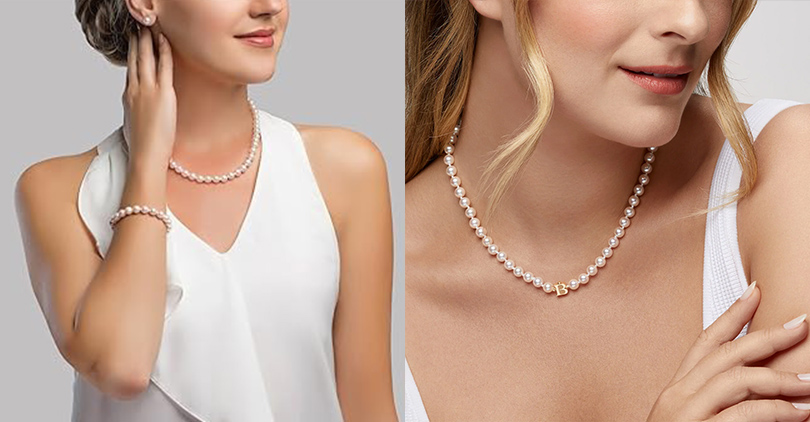
- Lots of Choices: Akoya pearls aren’t all the same shape or color. Some are rounder than others; some have tints like pink or green.
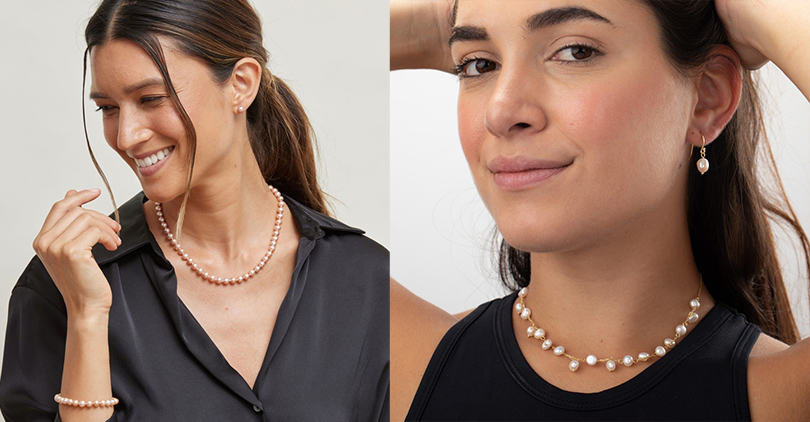
How To Distinguish Between Akoya And Freshwater Pearls?
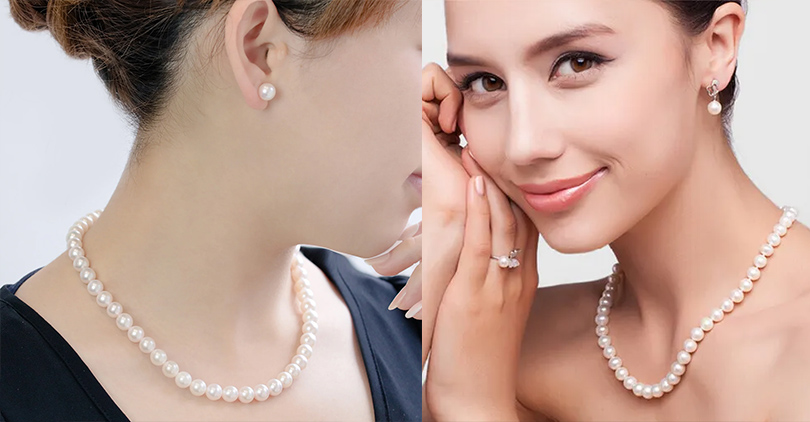
When you are buying pearls, it is important to know if the pearls you want to buy are Akoya pearls or freshwater pearls since they are not the same. Here are some ways to tell the difference:
- Cultivating Environment: The first thing to know is that Akoya pearls come from saltwater environments, usually in Japan. Freshwater pearls, in contrast, come from lakes and rivers.
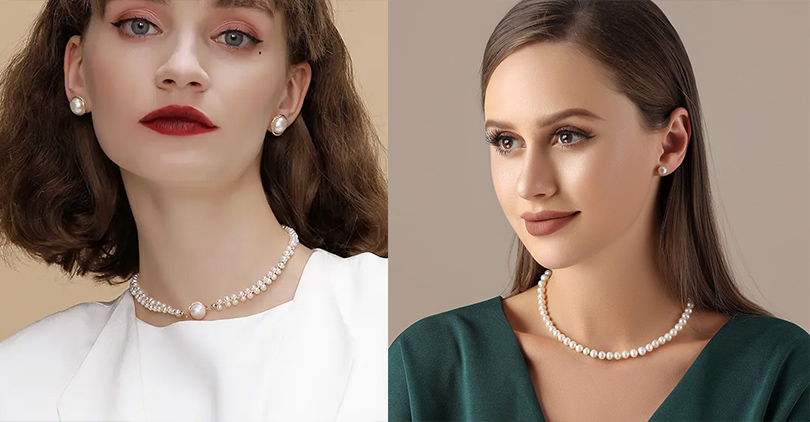
- Luster: Akoya pearls are famous for having shine luster. People say that you can see your own reflection in an Akoya pearl! Meanwhile, freshwater pearls have a more waxy look.
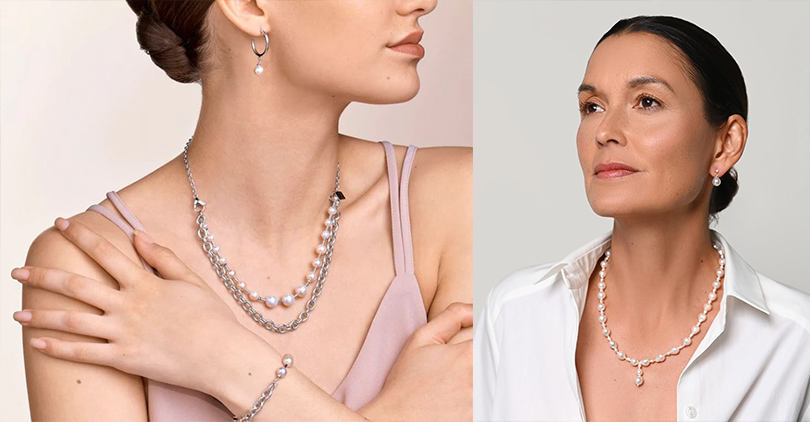
- Shape: If you see a pearl that’s perfectly round, it’s probably an Akoya pearl. However, there are also semi-round, drop, and baroque pearls. Freshwater pearls can be round, too, but they’re also often oval-shaped (“egg” shape) or even a slightly strange form that we call baroque.
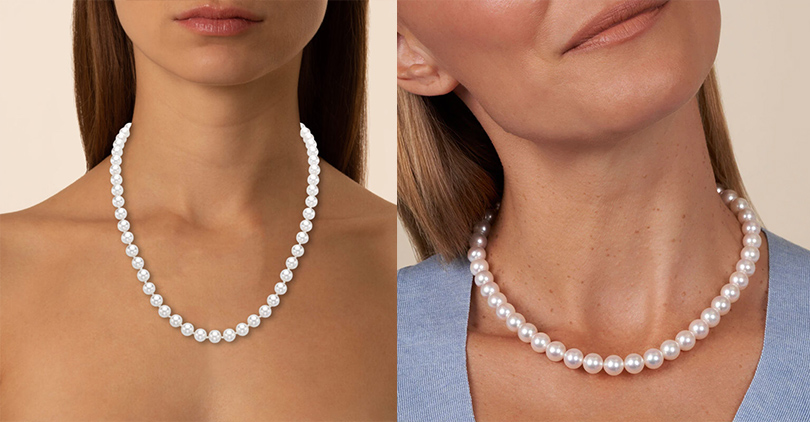
- Size: Akoya pearls range in size from very small, about 4 millimeters, up to about 9 millimeters. Freshwater pearls can also be small, but some get quite big – up to 13 or 14 millimeters across.
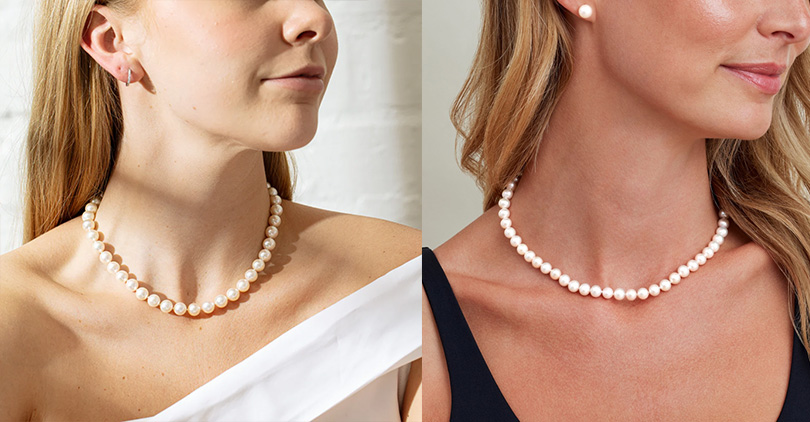
- Cost: Finally, because Akoya pearls are thought to be better in quality than freshwater ones, they generally cost more. But freshwater pearls still look nice!
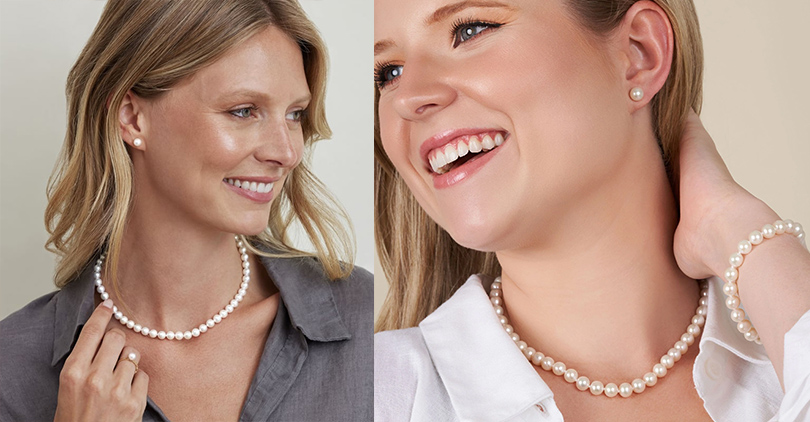
Tips to Buy An Akoya Pearl Necklace

Now that you’re an expert on Akoya pearls and have decided to buy a necklace made of them, we have some advice that might help as you shop.
- Quality matters: Make sure the pearls are shiny and smooth. Avoid ones with spots or marks—they won’t look as nice.
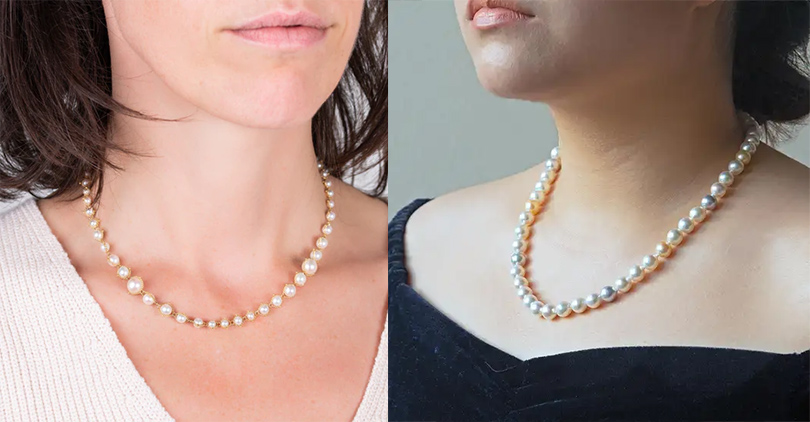
- Think about size and shape: Most Akoya pearls are round. If that’s what you want, go for it! But you can also find them in other shapes like oval or baroque.
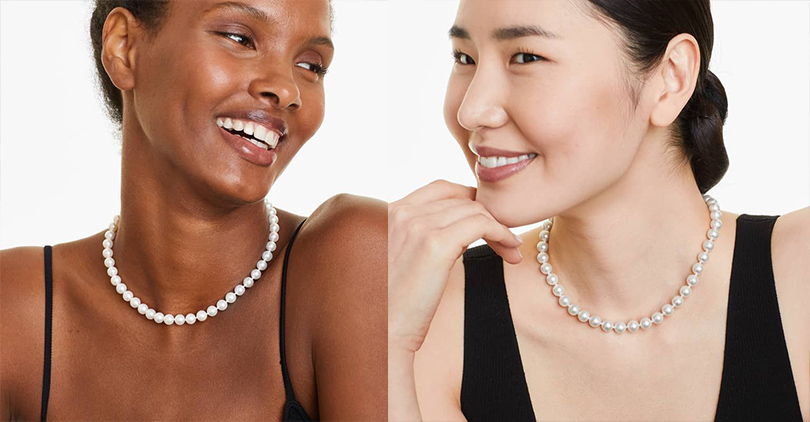
- Check colors: Akoya pearls are usually white or cream-colored. Sometimes, they have hints of pink or silver, too. Pick a color that goes well with your skin tone and what you usually wear—not all whites look the same!

- Evaluate luster: A pearl’s luster is the way it reflects light. For the best effect, choose gems that are shiny and bright
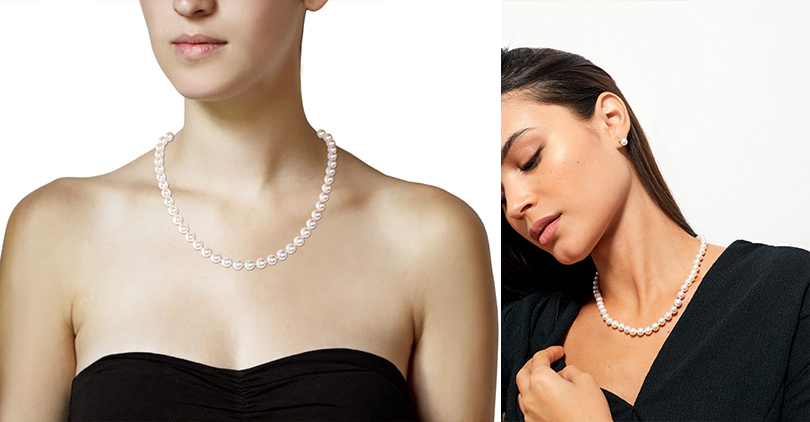
- Examine length and clasps: Figure out which length you prefer before you buy anything – perhaps something short and snug, or maybe a rope that hangs down to your waist. And check that the clasp is easy to use but secure.
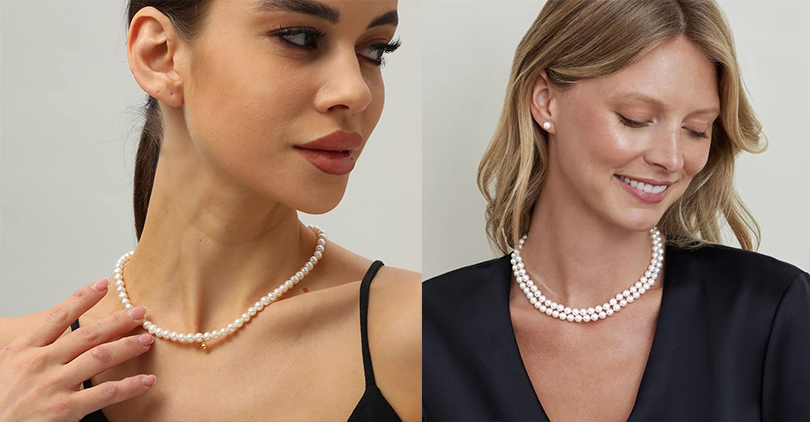
Stick with genuine sellers: Some places sell fake pearls or try to trick customers in other ways. If you’re not sure whether to trust a store, ask someone whose opinion you value or do some research online.
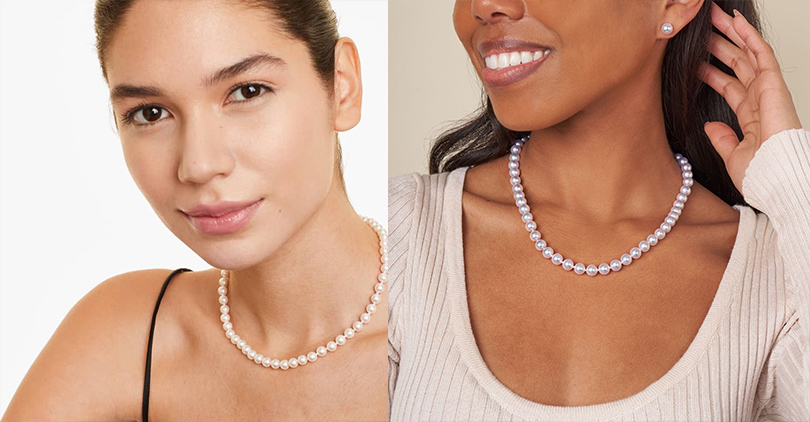
Bottom Line
In order to buy a necklace made of Akoya pearls, there are a few key points that should not be overlooked. These include size, color, quality, shape, and also how shiny the pearls are.
If you familiarize yourself with all of this advice, though, you can feel secure in knowing that you’re getting what you pay for, especially if the seller is well-regarded.
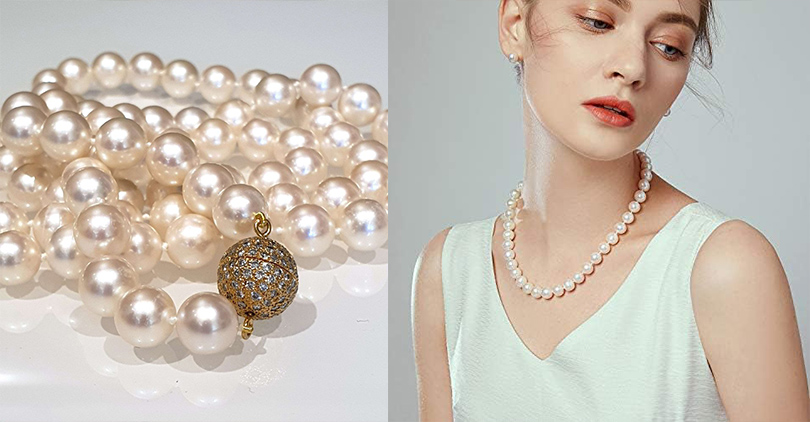
Among pearl aficionados, Akoyas are famous for being extra shiny and perfectly round—they’re some of the most in-demand pearls available.
That’s why it’s worth your time to look at all the options before making a decision. You’re sure to find something that suits your personal style and that you’ll cherish for years to come!


Leave a Comment